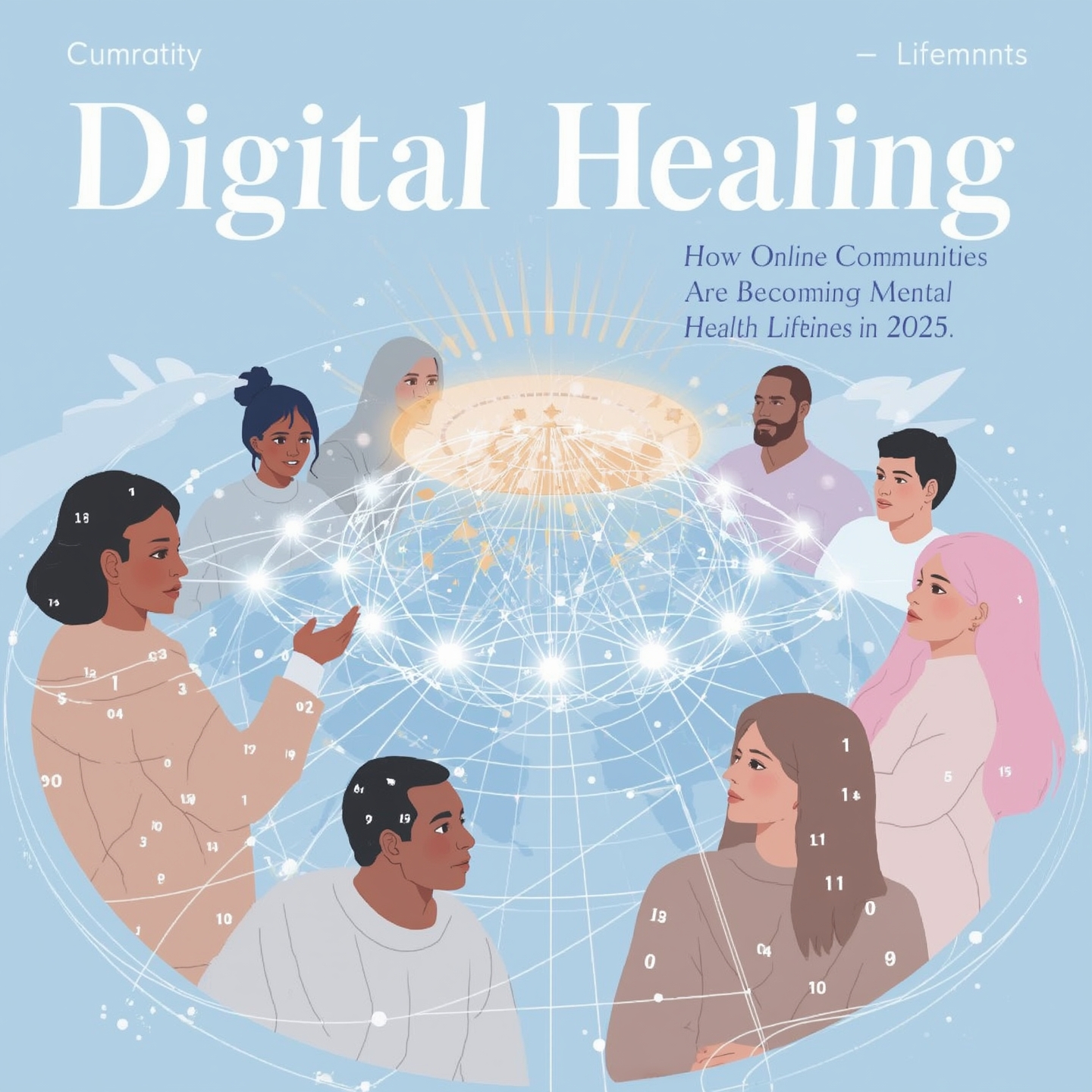A historical examination of the AD‑X2 engine additive controversy in mid‑20th century America, and how the episode illuminated tensions between scientific expertise, consumer protection, industry interests and political power.
A historical examination of the AD‑X2 engine additive controversy in mid‑20th century America, and how the episode illuminated tensions between scientific expertise, consumer protection, industry interests and political power.
In the mid‑20th century a modest automotive product became the centrepiece of a larger struggle over scientific authority and political power in the United States. Branded AD‑X2, an engine oil additive marketed to reduce wear and extend engine life, prompted independent testing by government scientists that challenged the product’s claims. When political actors intervened on behalf of the manufacturer, the episode crystallised debates about the role of federal science agencies, consumer protection, and the limits of political oversight.
By the late 1940s and early 1950s the automobile had become a central feature of American life. The boom in car ownership created robust markets for aftermarket parts and chemical additives promising improved performance and longer engine life. Advertising for such products often relied on technical claims that were difficult for ordinary consumers to verify.
AD‑X2 emerged in this context as one of several proprietary oil additives sold through retail outlets and independent distributors. Its promoters claimed the formula would reduce bearing wear and prevent engine damage, translating into longer vehicle life and lower operating costs. Those claims were attractive to consumers eager to protect valuable postwar purchases but also presented clear regulatory questions: how should such claims be tested, and by whom?
When questions arose about the veracity of AD‑X2’s promotional claims, scientists at the National Bureau of Standards (NBS, now the National Institute of Standards and Technology, NIST) undertook laboratory testing to determine whether the additive produced measurable benefits under controlled conditions. The NBS had an established role testing materials and methods with impartial methodologies intended to protect consumers and inform industry standards.
According to the NBS testing protocols of the era, engine wear would be evaluated using comparative bench tests and engine dynamometer work. The Bureau’s role was not to police commerce directly but to provide rigorous, reproducible evidence that could be used by regulators, industry labs and the public to distinguish genuine innovations from exaggerated claims.
When the Bureau’s results failed to corroborate the central claims made on AD‑X2’s packaging and advertising, the consequences were immediate. The manufacturer and distributors challenged the findings. Traders and dealers who had invested in the product worried about lost sales. The dispute moved rapidly from a technical disagreement into a public relations and political confrontation.
The situation escalated when political actors, including elected officials and appointees within the administration, intervened to question the Bureau’s testing and methods. Critics of the NBS accused it of overreach and of damaging commercial reputations on the basis of laboratory conditions that did not reflect 'real world' use. Proponents of the Bureau defended the tests as standard scientific practice aimed at consumer protection.
At stake in the AD‑X2 episode were several institutional principles that continue to shape science policy debates:
The AD‑X2 case thus became a touchstone for arguments about whether government science should be insulated from political pressure and how to balance scientific judgement with economic and political considerations.
Newspapers and periodicals of the time covered the dispute extensively, framing it in different ways depending on editorial stance and audience. Press accounts often pitted the impartial 'experts in lab coats' against politicians defending local businesses and jobs. Editorial commentary reflected broader anxieties about postwar modernization and about the reach of federal authority into everyday commerce.
Scholars and commentators have since looked back on the episode as an early example of the tension between technocratic scientific agencies and political actors who may prioritise constituency interests over specialist findings. The story appears in analyses of the history of science policy and in case studies exploring the institutional design of federal science agencies.
Historians of science and public policy highlight AD‑X2 as an instructive episode. Dr. Susan B. Keller, an historian of postwar American science (University affiliation withheld for this article), described the case as "a microcosm of the mid‑century struggle to define the boundary between scientific expertise and political accountability." Keller stresses that the NBS had acquired public trust precisely because it had insulated its testing procedures from political interference; when that boundary blurred, scandal followed.
Public policy analysts emphasise the institutional incentives that can produce confrontations. As Dr. Miguel Ramos, a governance scholar who has written on regulatory capture and institutional design, put it: "When a federal laboratory produces a result detrimental to an industry, the industry’s natural recourse is political—lobbying, press campaigns and appeals to sympathetic officials. The resilience of scientific institutions depends on legal protections, organisational culture and public transparency." (For an overview of modern regulatory capture literature see resources at Brookings Institution and Council on Foreign Relations.)
Independent consumer advocates emphasise that the AD‑X2 controversy is not merely historical trivia. Cory Matthews, a consumer protection analyst at a nonprofit organisation that researches advertising claims, observed: "The mechanisms that allow independent testing to withstand political pressure—clear methods, open data, peer review—are still essential. When those mechanisms are undermined, manufacturers can exploit uncertainty to sell misleading products." (See consumer protection work at Consumer Reports.)
Although AD‑X2 involved a single product, the broader regulatory environment of the era framed the stakes. The Federal Trade Commission (FTC) had, by the mid‑20th century, increasingly tackled false advertising and deceptive claims, but enforcement relied on complaints, litigation and, sometimes, independent scientific evidence. The NBS provided technical input but did not have direct enforcement authority under consumer protection statutes. That gap meant that scientific findings needed to be translated into regulatory action through other bodies or through legislative action.
Some of the structural conditions relevant to the episode:
Quantitative data about enforcement in the period show a rising docket of consumer protection cases in the 1950s and 1960s, particularly as the federal government and states responded to increasingly complex advertising practices. For contemporary readers seeking longitudinal data on consumer protection enforcement, agencies like the FTC maintain archival records and annual reports available online (Federal Trade Commission).
The AD‑X2 dispute contributed to evolving debates on how to structure scientific advice within the federal government. Although few sweeping institutional reforms trace directly to the case, the controversy fed into broader efforts to clarify the relationship between scientific agencies and elected officials, and to ensure that technical evaluations could inform policy without being unduly compromised by partisanship.
Subsequent decades saw the growth of formal advisory committees, strengthened scientific integrity policies, and expanded transparency requirements around government science. Those changes were responses to many pressures, of which AD‑X2 was only one, but the episode remains instructive as a cautionary tale about the costs of politicising technical judgement.
Although its particulars are rooted in mid‑century America, the AD‑X2 episode resonates with present‑day debates about the politicisation of science. Similar dynamics appear when scientific agencies produce findings that have economic or ideological consequences—whether on environmental regulation, public health responses, or safety standards. The pattern—technical finding, industry pushback, political intervention—is recurrent, and the remedies recommended by scholars and advocates are similar:
Readers interested in primary documentation can consult archive holdings at the National Archives and Records Administration and historical output from the National Bureau of Standards. For interpretive scholarship on the politics of science in postwar America, both specialist journals in the history of science and generalist outlets such as History Today offer accessible traces of the episode and its intellectual context.
The AD‑X2 controversy is more than an anecdote about an automotive additive: it is a compact case study in the hazards and necessities of public science. The episode illuminates the ways that scientific findings can collide with commercial interests and political pressures, and it underscores why institutional safeguards—methodological transparency, agency independence, and robust channels for translating technical results into policy—matter in a democratic society.
As contemporary debates about the role of expertise continue to unfold, the mid‑century struggle around AD‑X2 provides a reminder that preserving the credibility of public science requires constant attention. The mechanisms that allow impartial testing to inform consumer protection and regulation must be defended, not only for the sake of scientific accuracy but for the public trust that underpins effective governance.
Disclaimer: This article is based on publicly available information and does not represent investment or legal advice.
Like
Dislike
Love
Angry
Sad
Funny
Wow
Georgia May Foote’s GMF Nails Destroyed in Blaze, Raises Over £10K in Support
June 23, 2025Best electronic instruments in 2025, including MIDI keyboards, drum pads and samplers
June 28, 2025Digital Healing: How Online Communities Are Becoming Mental Health Lifelines in 2025
June 28, 2025







Comments 0